I enjoy figurines and trinkets, still buying various types to decorate my home. It is not important to me that they are collectible or valuable, I just go after items that hold meaning to me. That is how people in the 18th and 19th centuries felt about the now-famous Staffordshire figures. These trinkets from time say a lot about the decade they were made, the buyer, the families that passed them down through the generations, and what we now consider to be collectible. My grandmother had some in a display cabinet and as a child, I thought they added such a delicate touch to her living room.
I am sure that many readers either have some of their own or have memories similar to mine. But do you know much about their history?
If you have a Staffordshire figure in your collection or memory please let us know in the comments.
What are they, exactly?
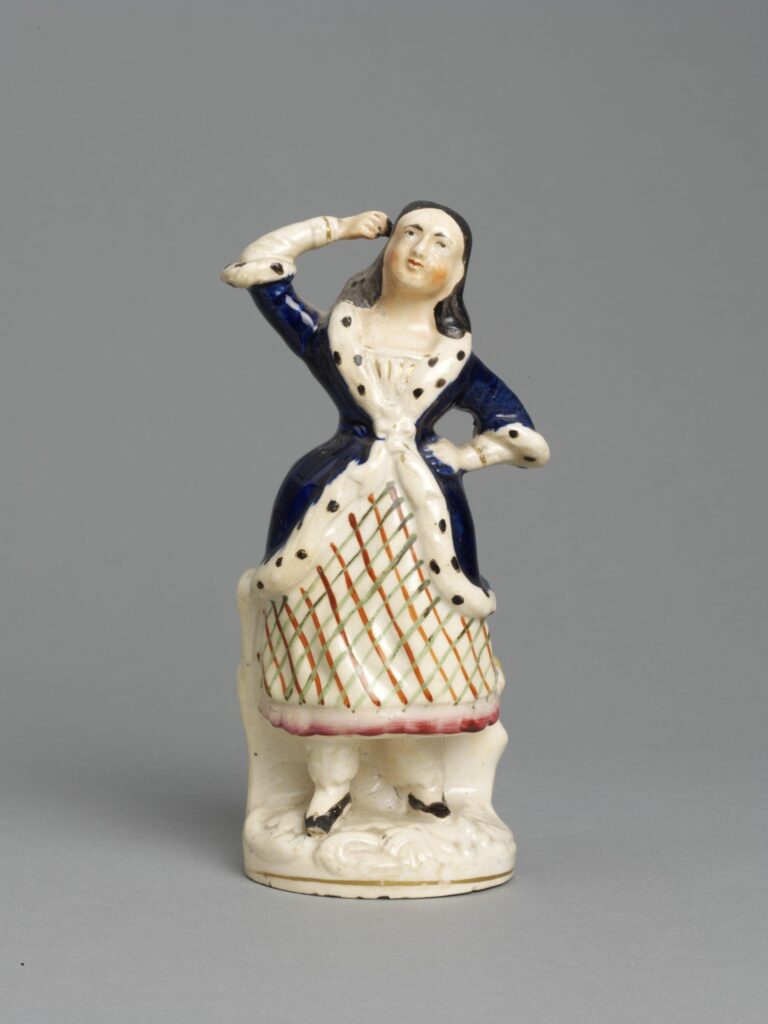
The darling figures were an umbrella term for molded earthenware figures meant to be displayed in the home on shelves or mantlepieces. They were referred to as “Staffordshire” simply because many were produced in that region of Scotland especially in the early days. However, as I mentioned it was mostly a general term for the style and many were produced in England as well.
While once considered inexpensive but attractive decor, they are now highly sought-after collectibles that command high prices, as we shall see.
Timelines
Staffordshire figures were produced well into the 20th century but were most popular from 1740-1900. After that point, mass production prevented the handmade figures from competing.
Style and design techniques varied during these years with the periods broken down below.
- Circa 1740–1780 Early figures: rare salt-glazed stoneware with limited range of colours; coloured lead glazes applied to the biscuit body, then fired.
- Circa 1780–1840 Pratt Ware figures, colours applied to the biscuit body, then covered with clear lead glaze, then fired.
Image - Circa 1800–1837 Pre-Victorian Staffordshire figures, clear lead glaze applied to the biscuit body and fired, then colours applied over the lead glaze and fired.
- Circa 1837–1900 Victorian Staffordshire figures, blue-tinged lead glaze applied to the biscuit body and fired, then colours applied over the lead glaze and fired, finally gilt applied and fired.
(Sources: Wikipedia, Madelena.com)
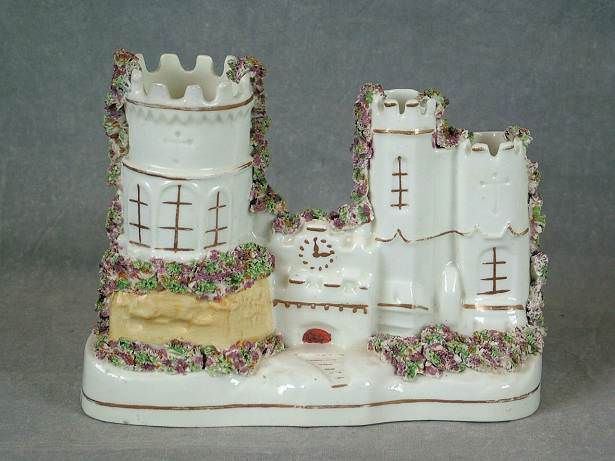
And do you know what castle it is?
Types of Staffordshires
The most common type of Staffordshire figure that I found in my research was that of individuals from all walks of life and backgrounds.
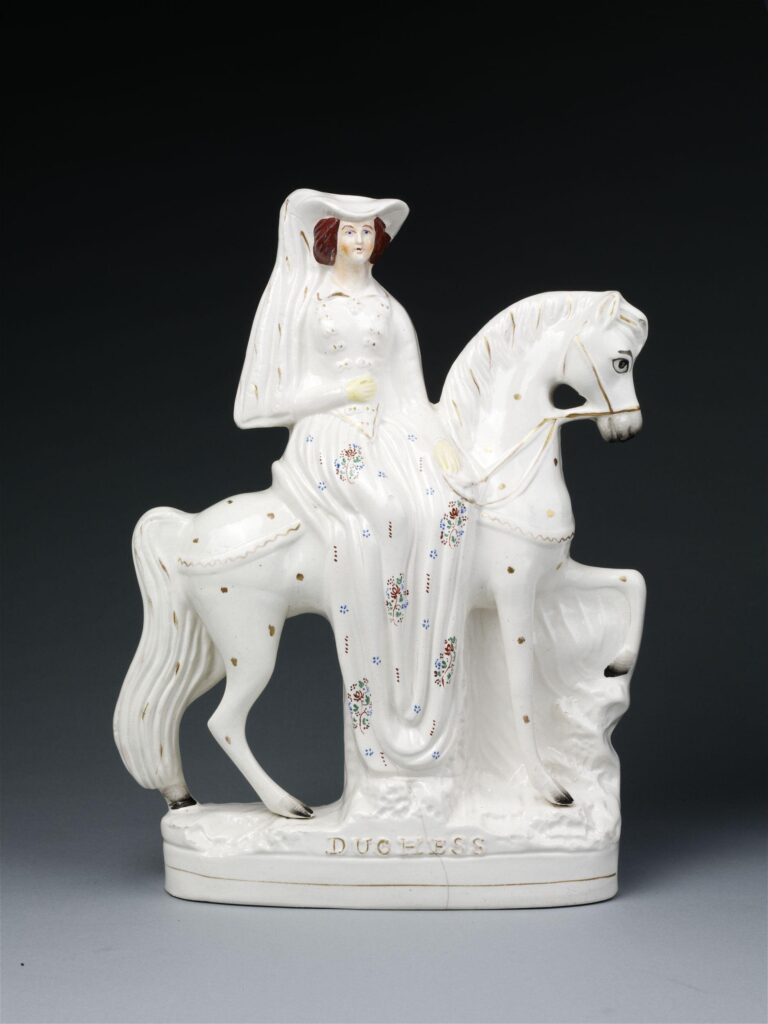
Besides this common type, the objects depicted on Staffordshire figures followed a handful of themes, following the trends of the time including a societal transformation from rural to urban life, the growing cult of celebrity in the Victorian era, and a growing fascination with travel and exploring regions outside of Europe.
I have identified these themes as domesticated animals, contemporary public figures, romance, and exotic animals.
Staffordshire spaniels
Of all the Staffordshire figures, the dog figurine was the most popular, particularly spaniels. They were most often depicted sitting upright. The spaniels’ popularity has been attributed largely to them being considered royal dogs, and their popularity increased significantly during Queen Victoria’s reign, as her affection for her spaniel Dash was well-known.
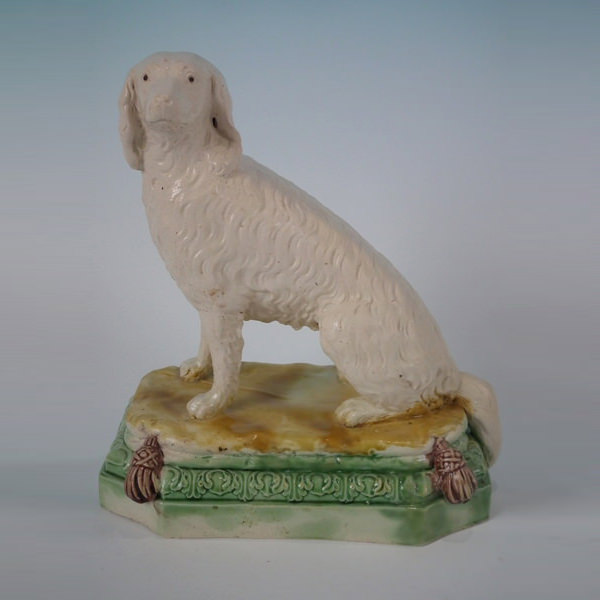
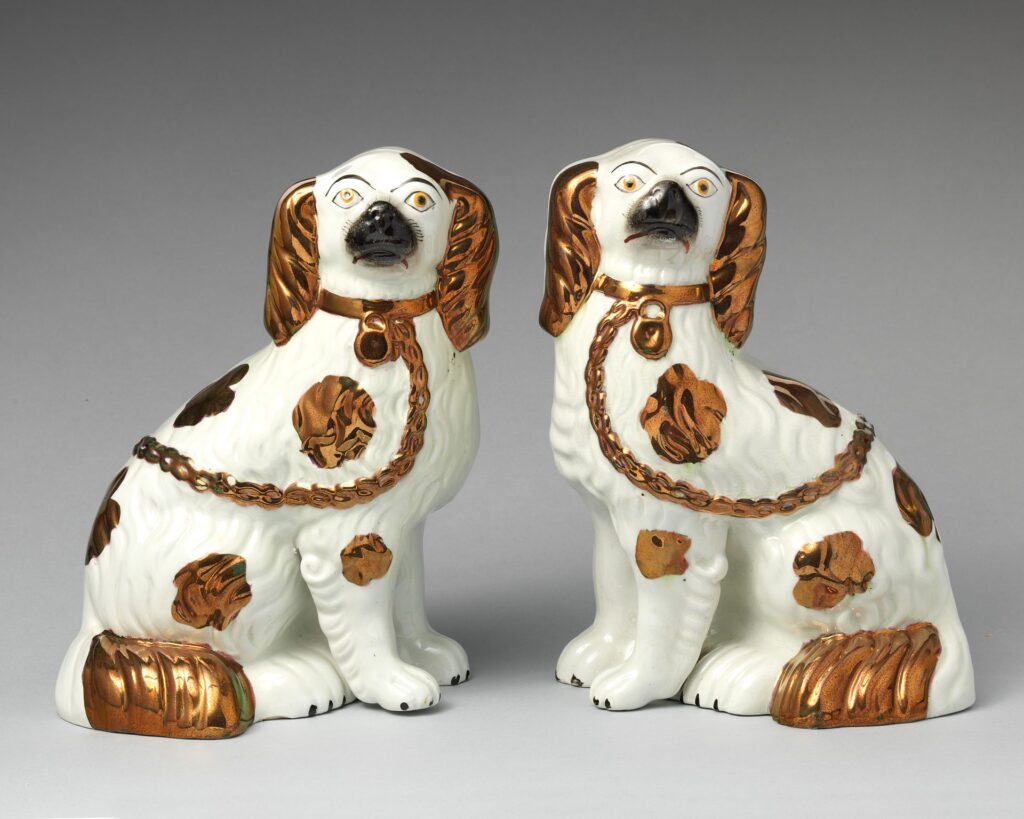
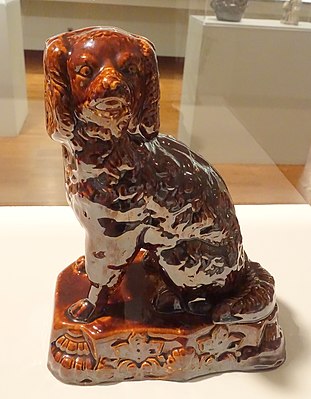
Domesticated animals
Spaniels may have been the most popular of the figurines, but domesticated animals in general were widely produced. This trend was likely due to the increased urbanization I mentioned above. Says The Mansfield Historic Society
“To satisfy nostalgia for an idealized past, middle-wealth families purchased servingware and gadgets in the shape of common animals. A woman who neither ran a dairy nor tended sheep, could pour her store-bought cream from a Delft cow-shaped creamer, bake cakes in a lamb-shaped mold, and feel closer to the land. Her husband, too busy with commerce to hunt with dogs, could still warm his feet at a fire set on cast-iron andirons forged as a pair of dachshunds.”
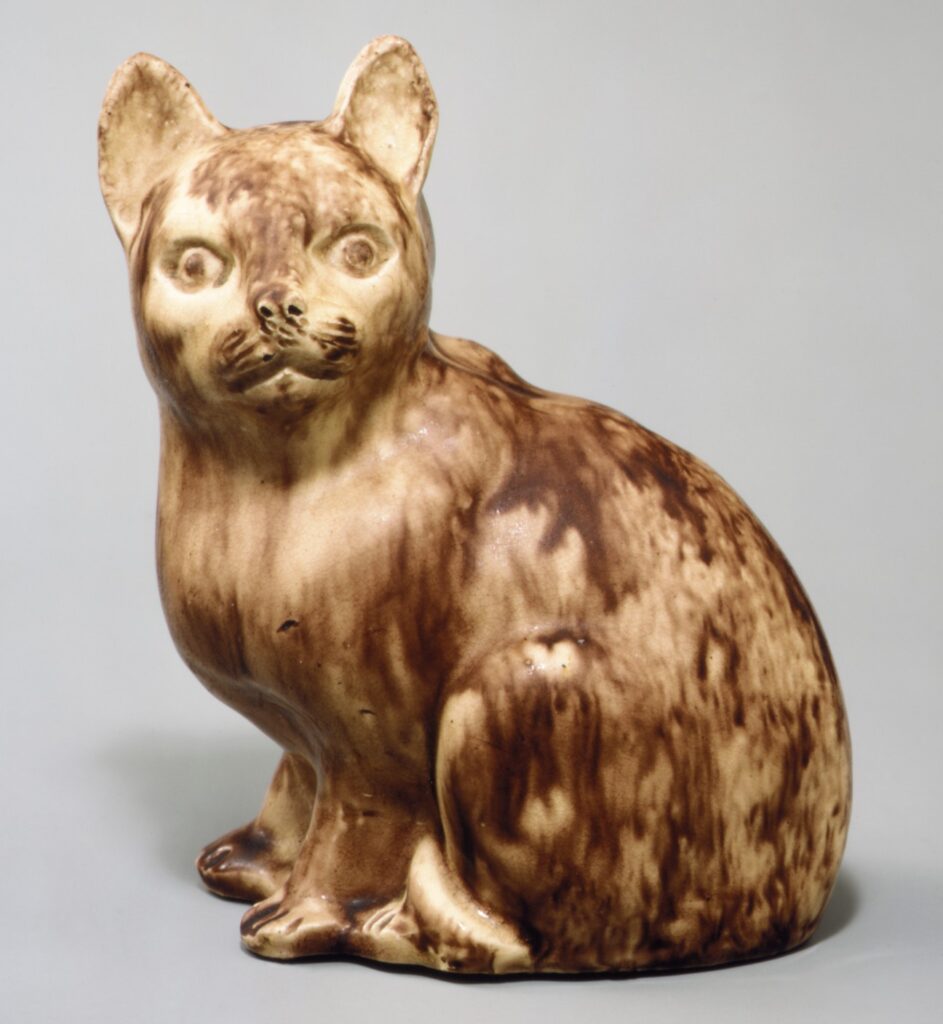
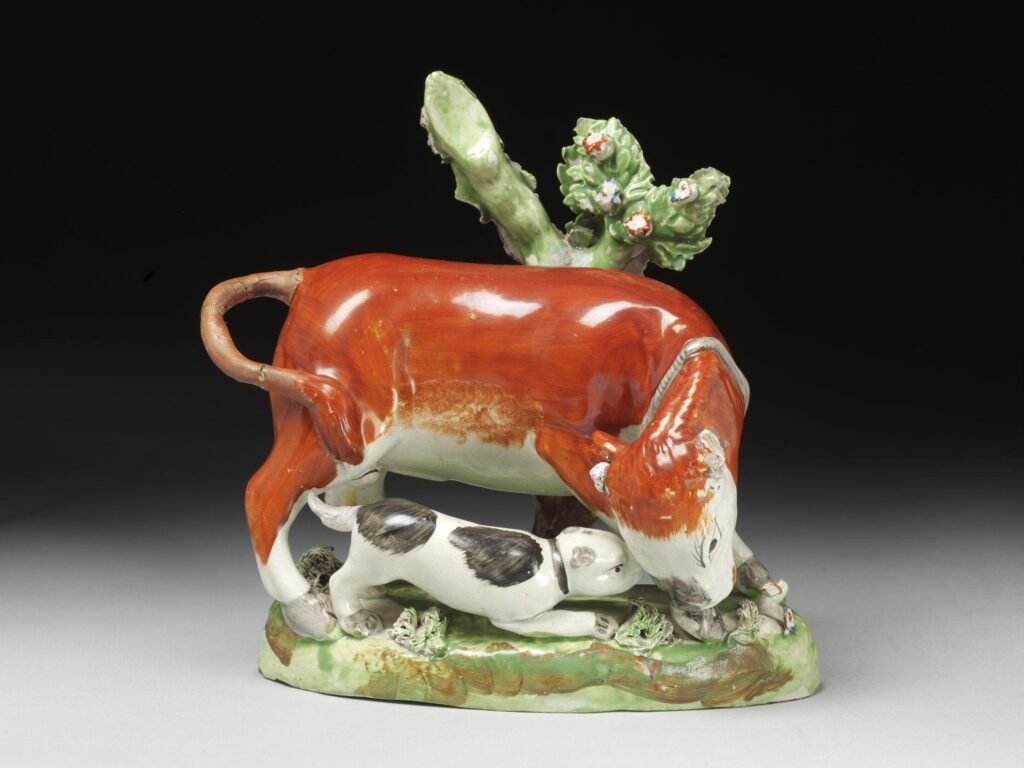
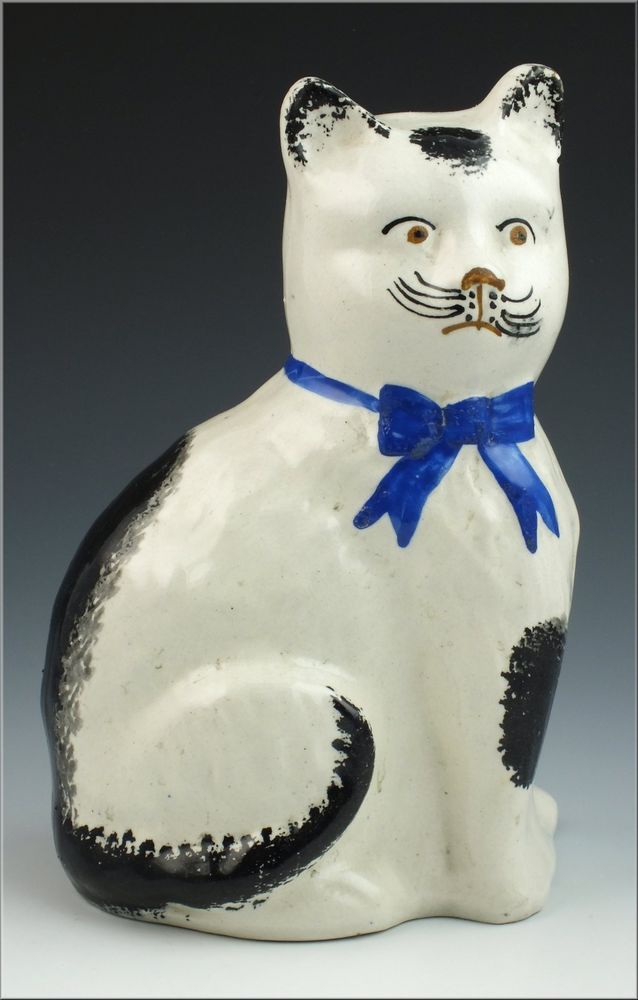
Contemporary public figures
Beginning in the early 19th century and then followed by Queen Victoria and definitely due to advances in print and photography, the Victorian era saw a rapid increase in curiosity about public figures. This shift is easily seen in the increase of Staffordshire figures depicting such individuals starting in the Victorian era. Molds of the Queen and her family themselves were easily found.
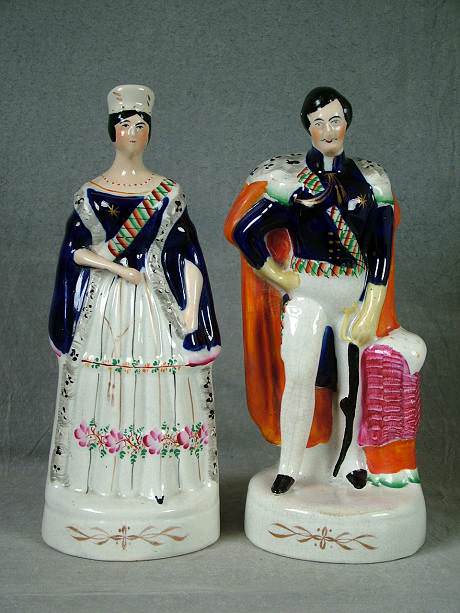
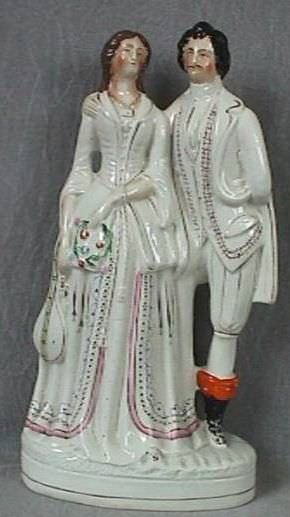
Princess Alice and Prince Louis
Other historical figures still remembered today were available.
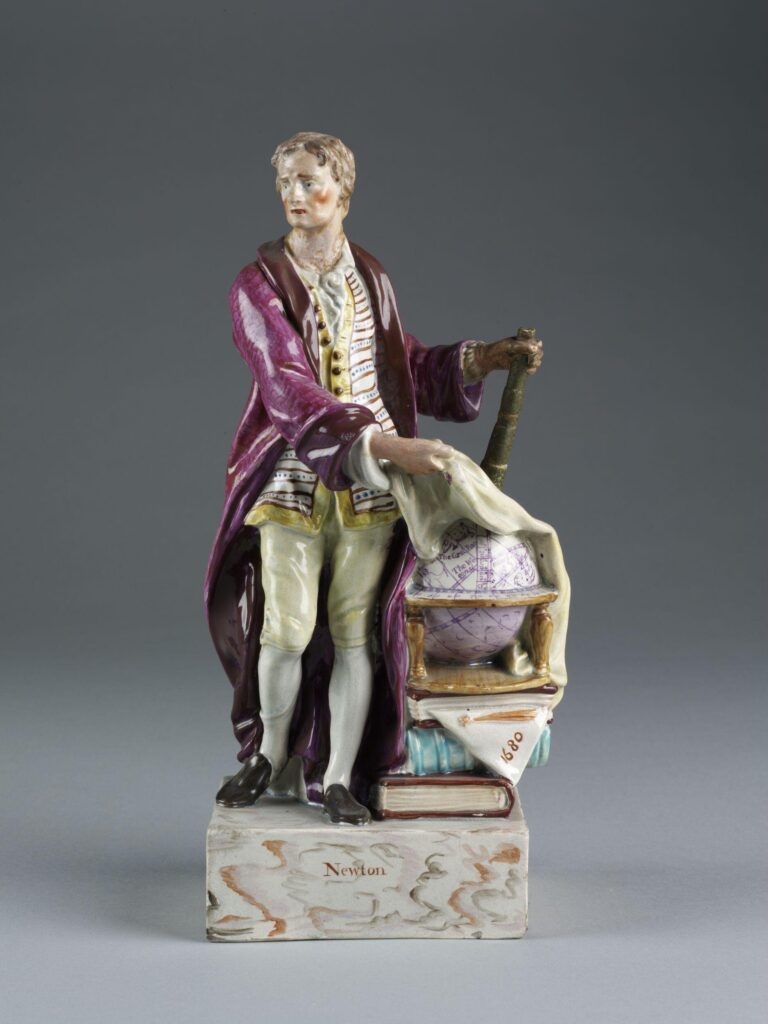
Isaac Newton
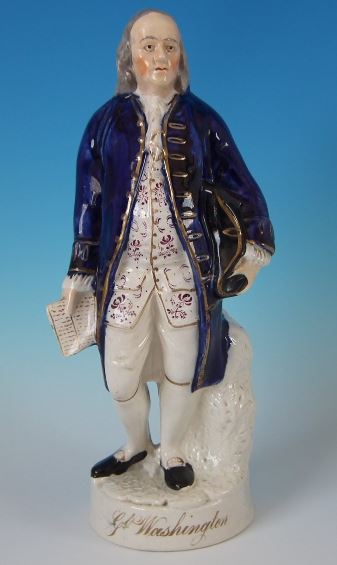
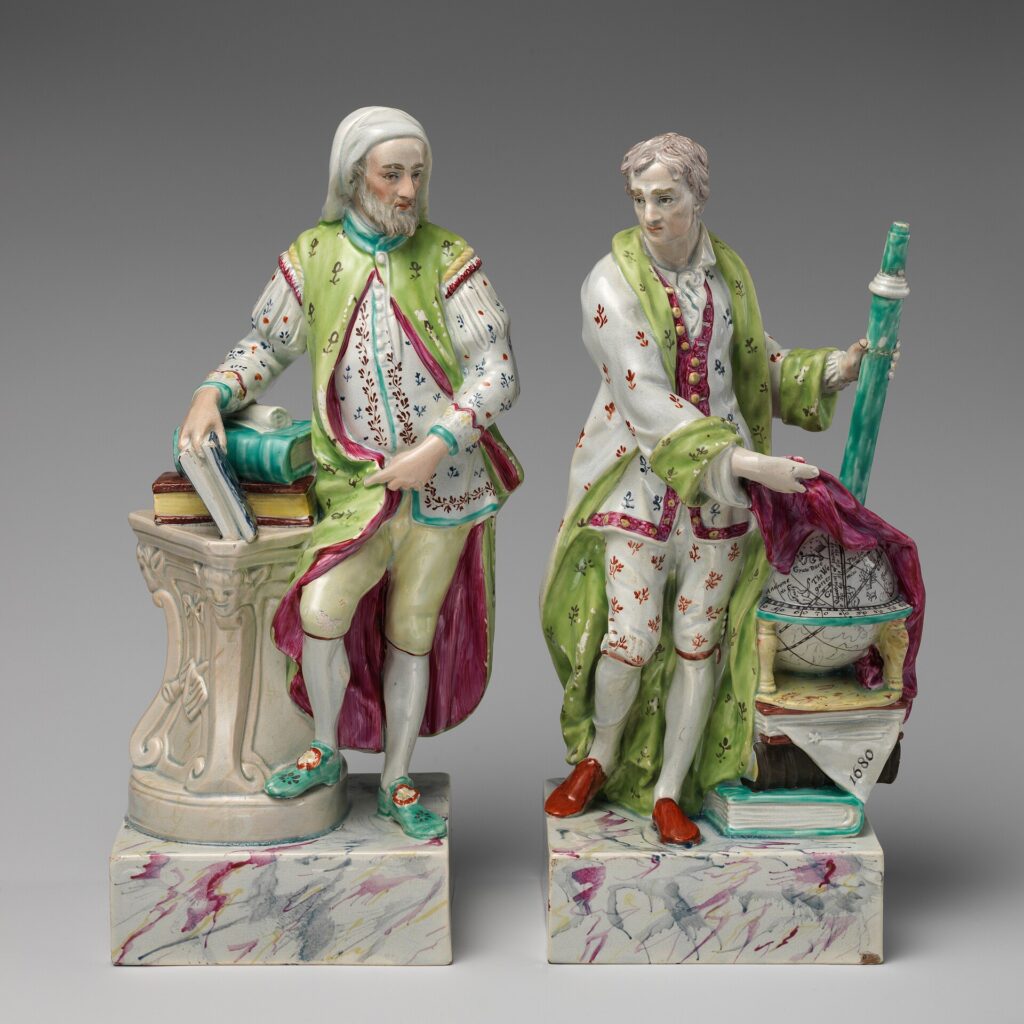
(not sold as a pair)
While some who haven’t maintained as much notoriety are at least permanently memorialized via Staffordshire.

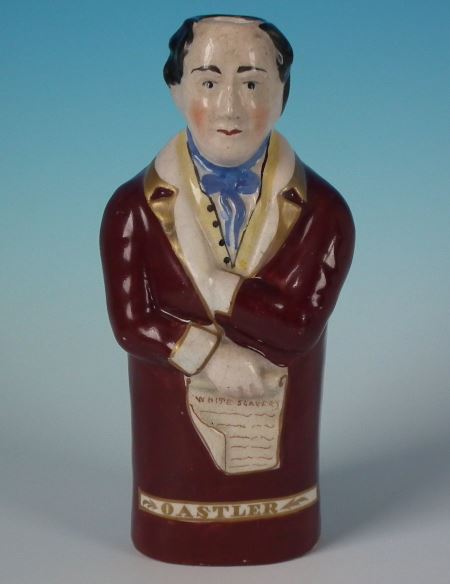
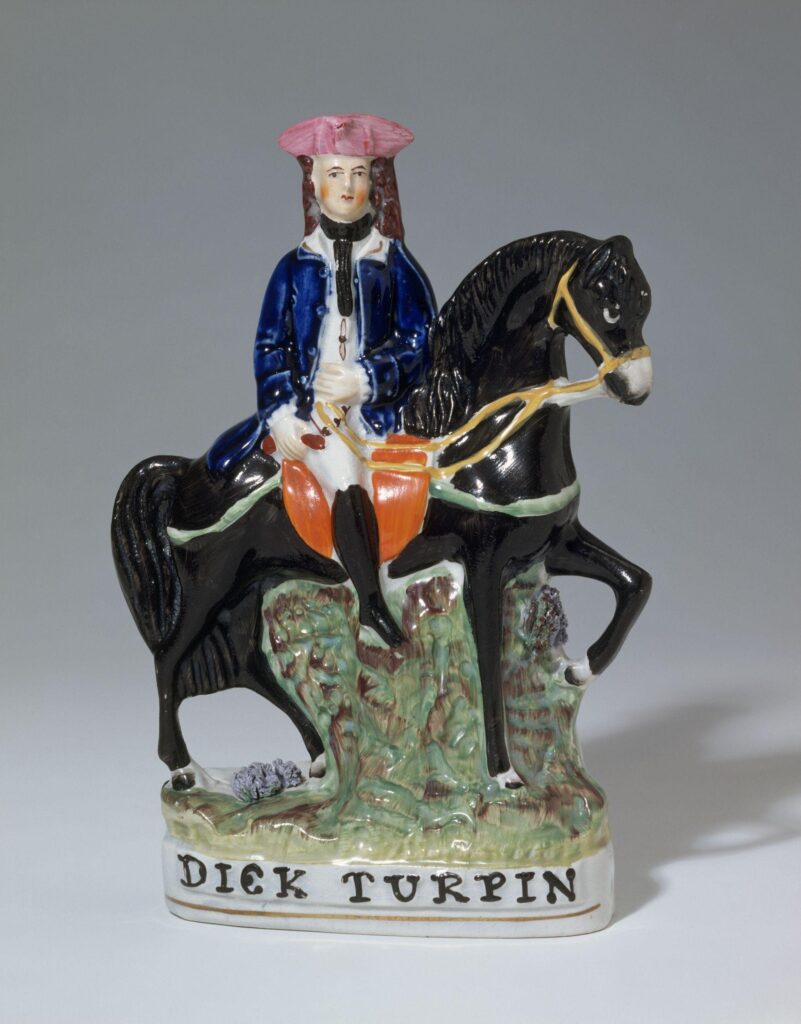
Romance
Another societal shift that came along with urbanization was the growing acceptance of courtship and marrying for love. With this came increased policing of socializing between young men and women, causing attraction and courtship to be even more romanticized. Depictions of young couples in love such as books, prints, and of course Staffordshire figures grew in both popularity and acceptability. This is the less common of all the trends I identified, but I think it is my favorite and may be now the most collectible so I am including it.
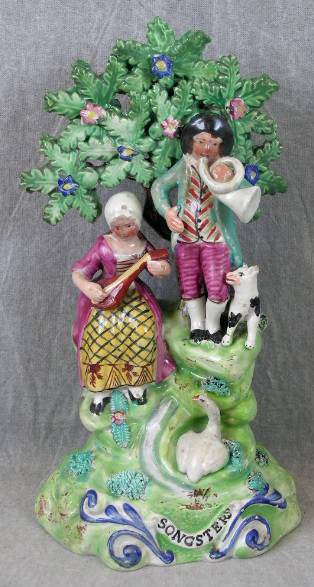

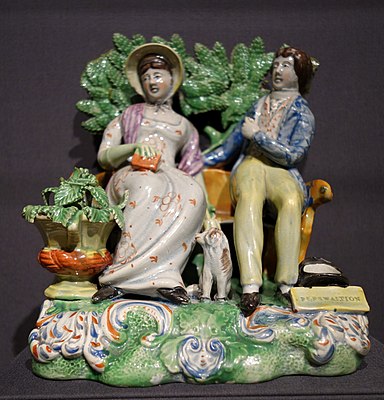
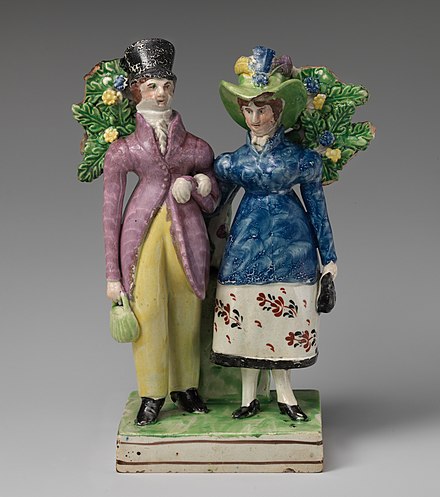
Exotic animals
Last, increased access to international travel and increased fascination about far-off lands brought with it exotic animals represented in all types of home furnishings and decor.
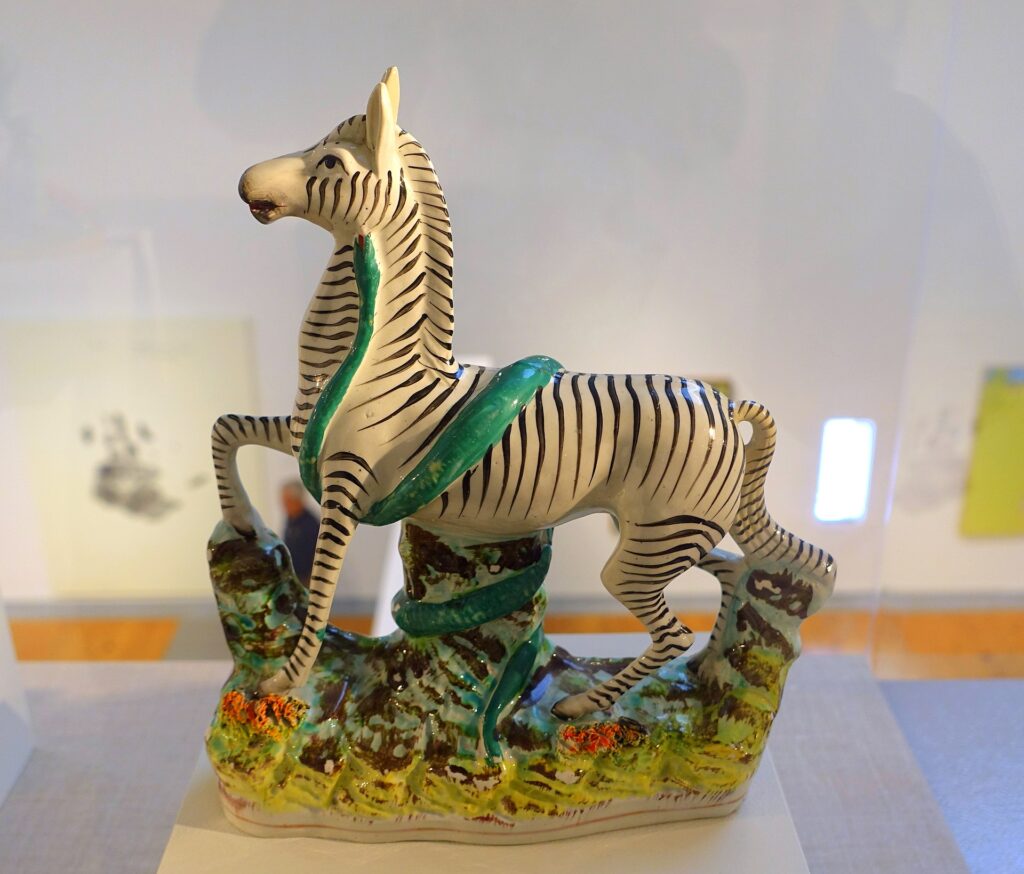

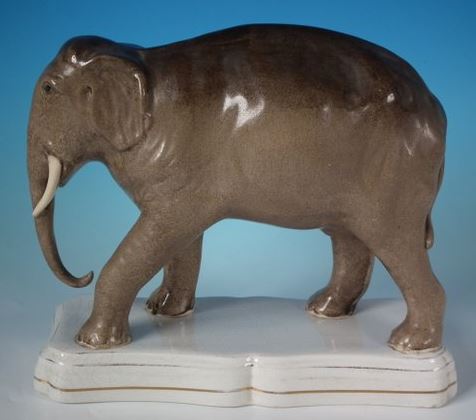
I like this trend as no animals were harmed in the making 🙂
More trinkets from time:
Status symbol snuff boxes: a history
19th century spicy trinkets: Nutmeg graters

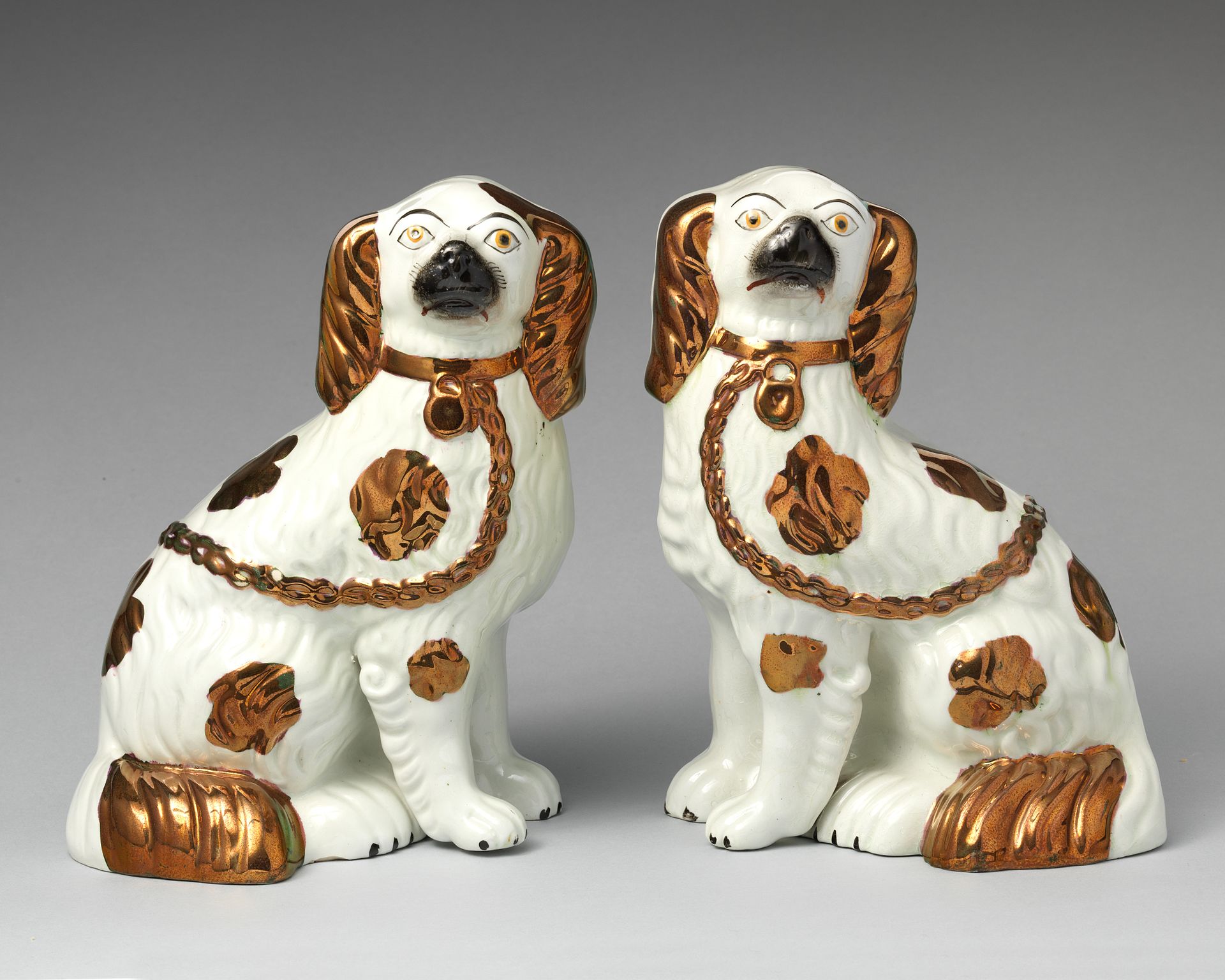
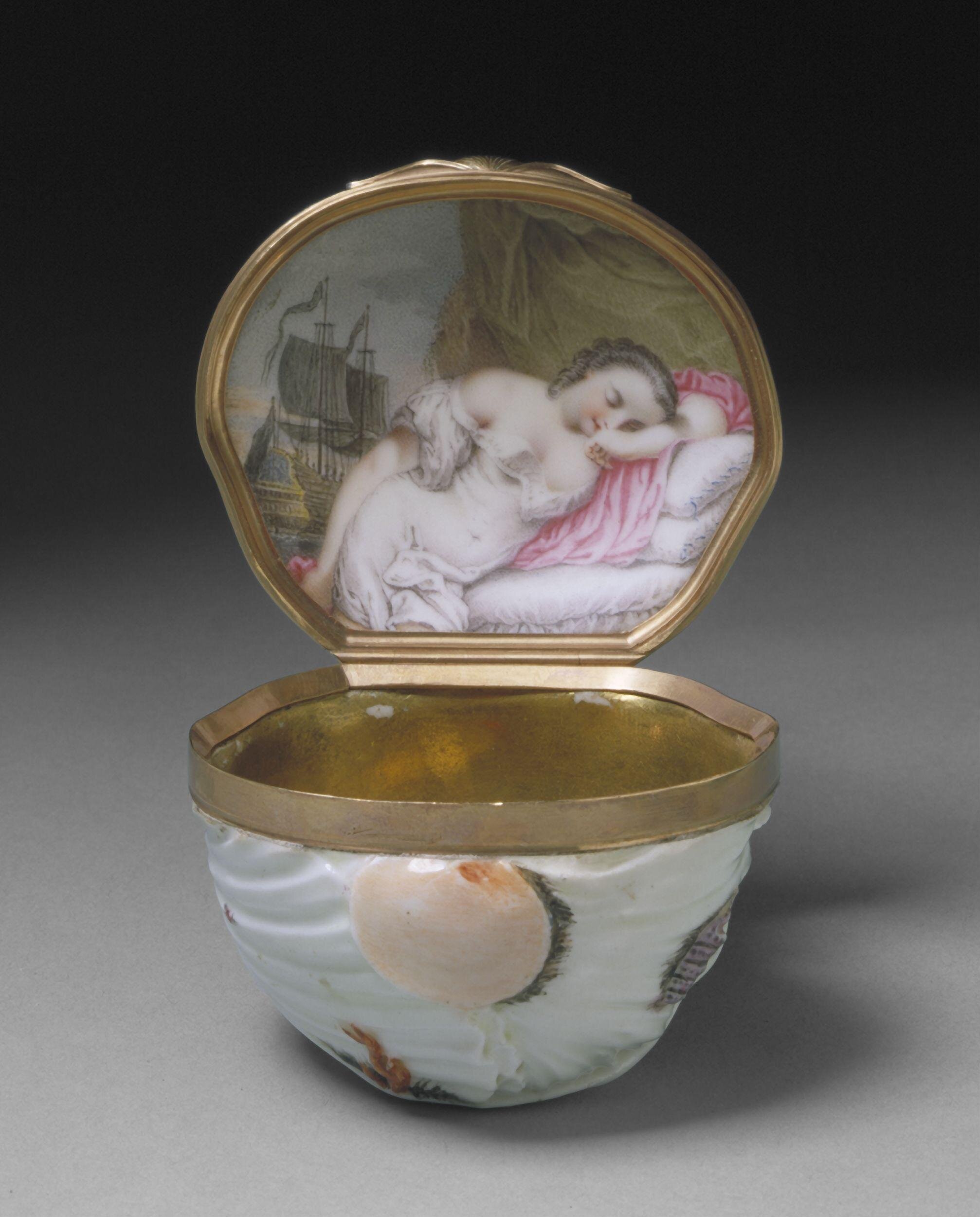
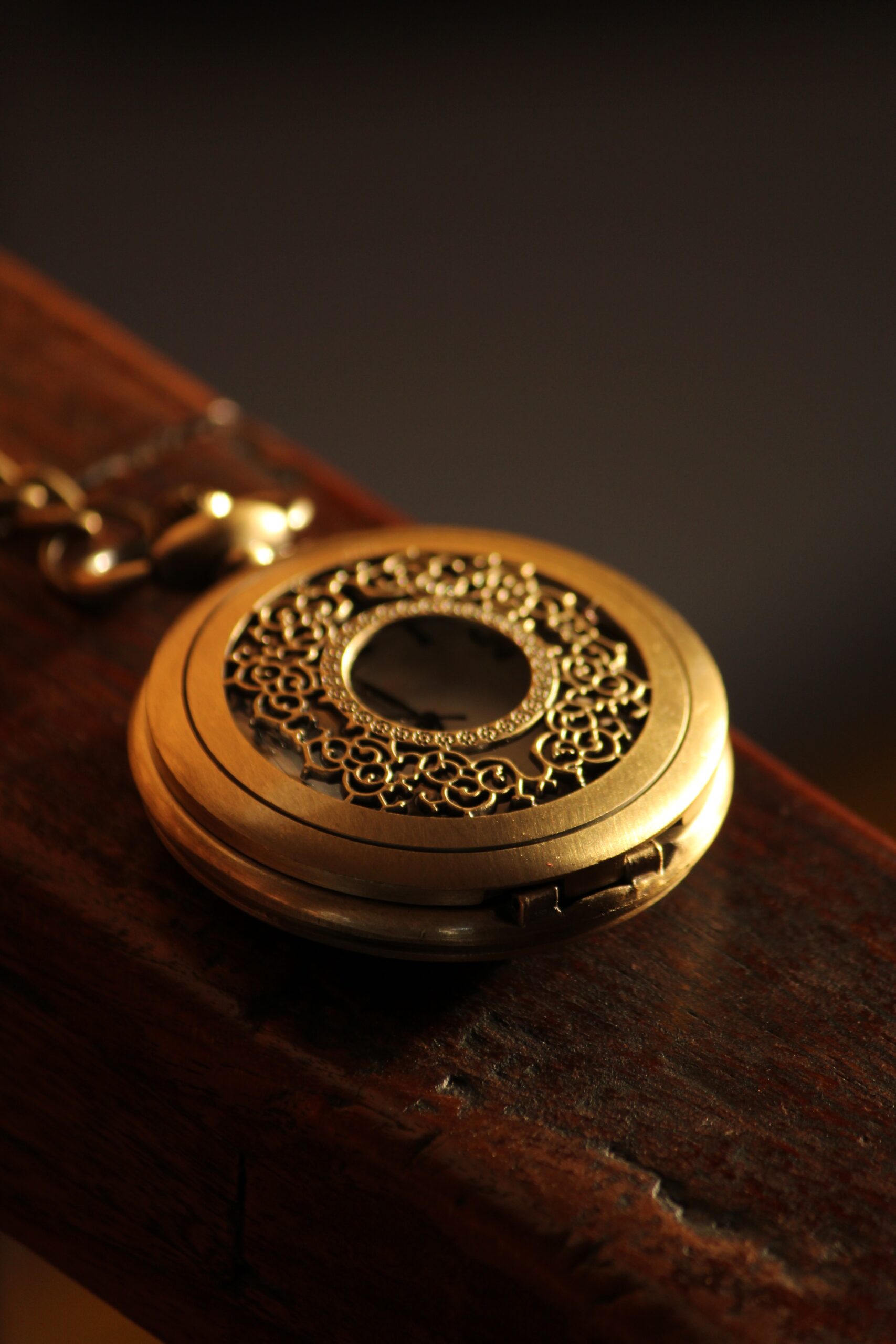
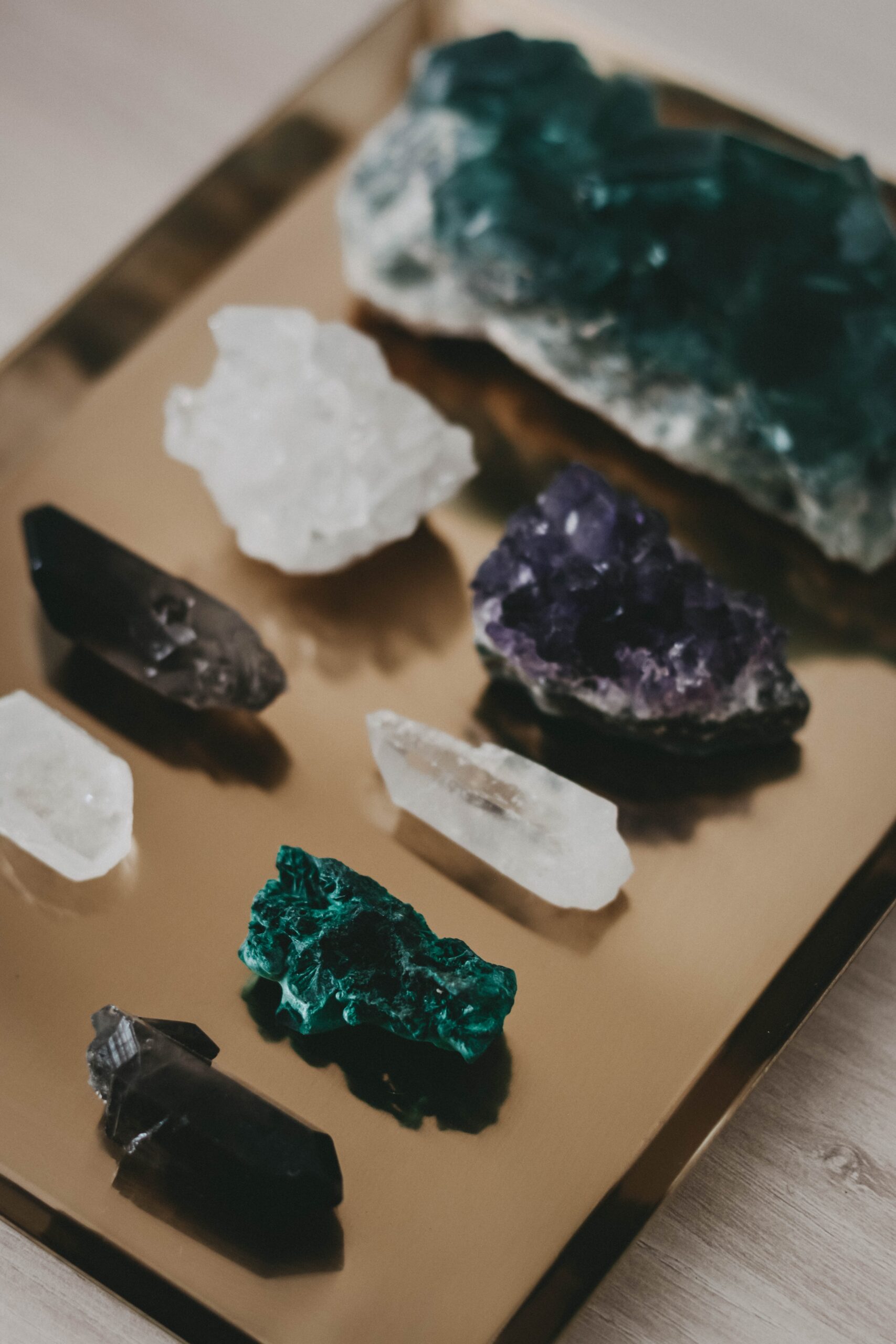
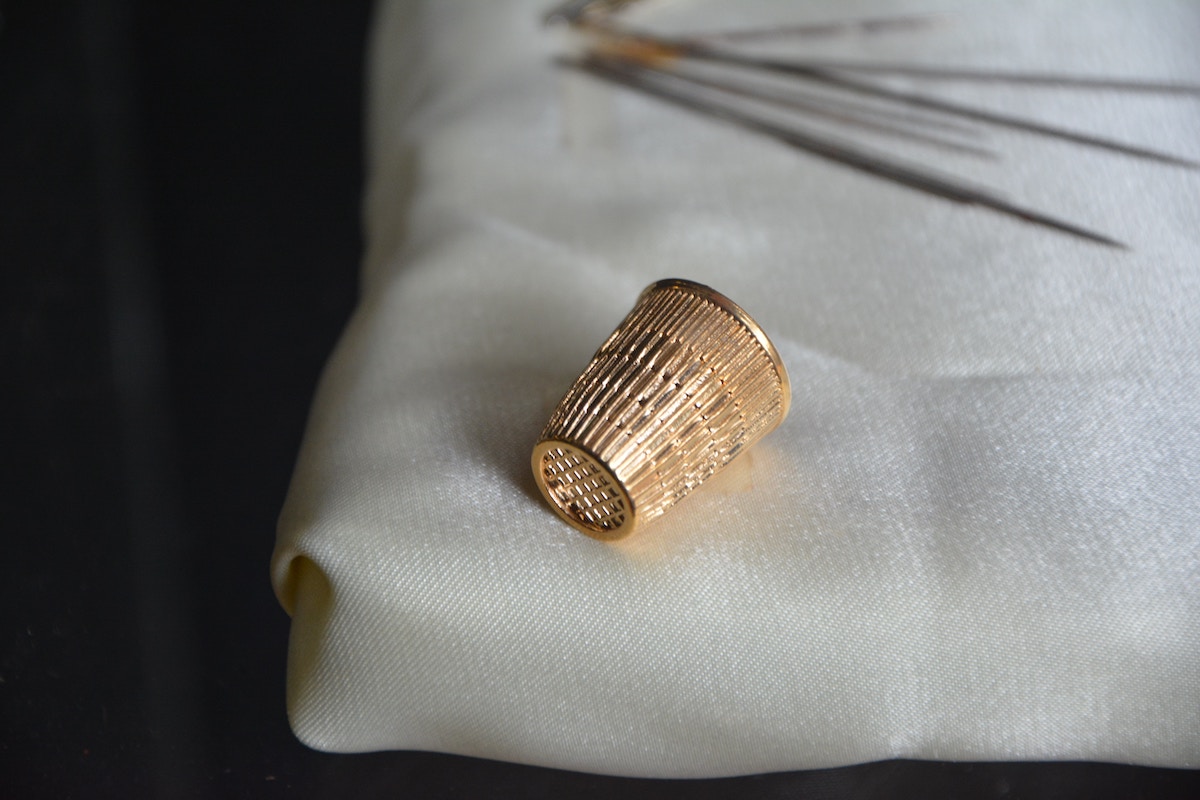
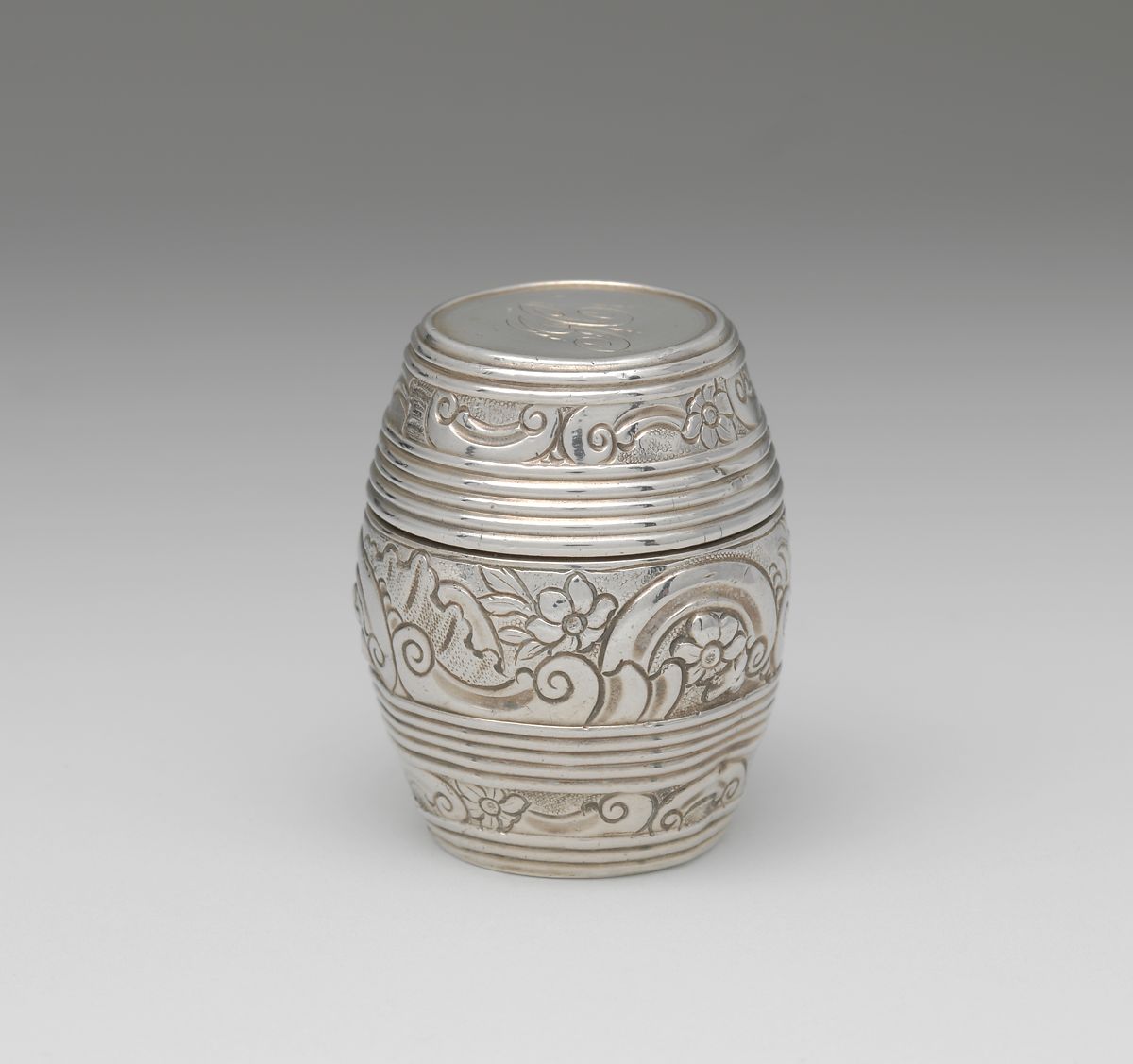
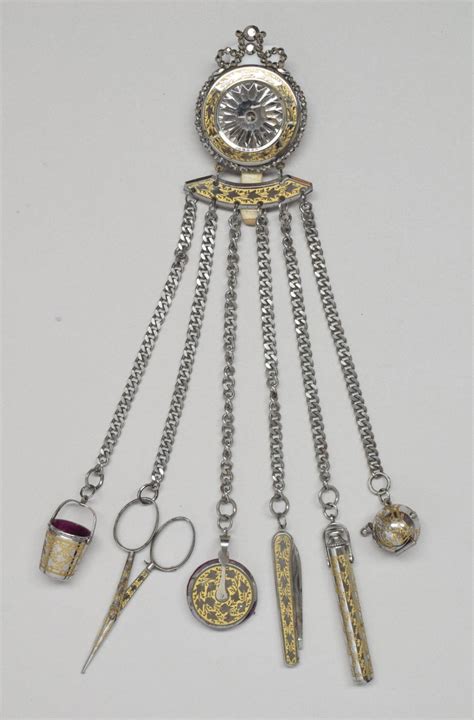
Leave A Comment